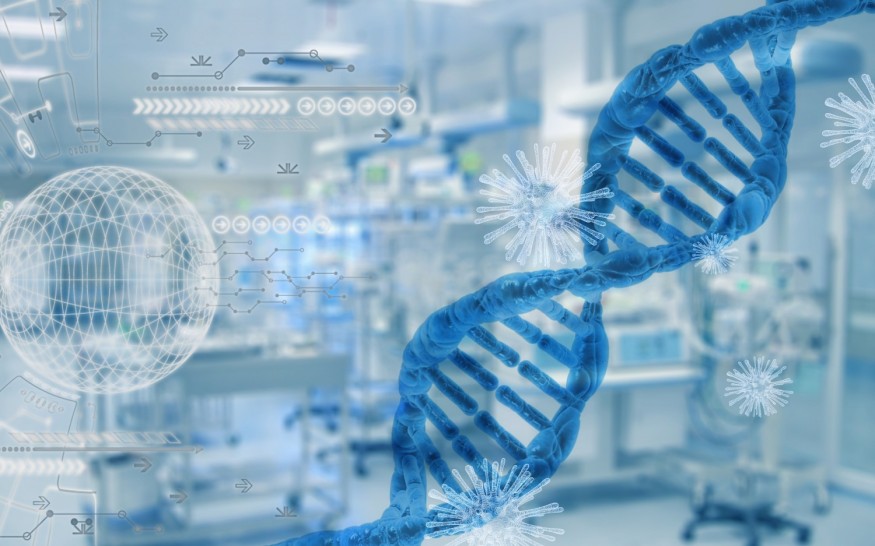
Since the 1960s and early 1970s gene therapy tries to fix or cure genetic diseases by putting healthy copies of genes into a person's cells. This is done with the help of viral vectors. In this article we tell you more about what these viral vectors are and how they work.
Vaccines are also being made with the help of viruses. For example, the COVID-19 vaccines made by Pfizer- BioNTech and Moderna are based on messenger RNA (mRNA), which is a genetic code for the spike protein found on the surface of the SARS-CoV-2 virus and is sent to cells by a viral vector to tell the cells to make the spike protein and start an immune response.
Even though viral vectors have a lot of potential as a tool for therapy, it's important to remember that the field is still young, and more research is needed to understand their potential and address any safety concerns fully.
How do these vectors work?
Imagine that you have an essential package to send to a particular place. But it's hard to find the address, and the package is too big for one person to carry. Viral vectors are like delivery trucks that can help you get the package to the right place.
In the same way, scientists use viral vectors to send healthy copies of genes to cells that aren't working right. These genes help the cells work better by telling them what to do. So, if a person has a disease caused by a missing or broken gene, scientists can use a viral vector to send a working copy to their cells to fix the disease.
Scientists use these viral vectors to test new drugs by delivering the drug to the cells with the help of the viral vector. If the drug works in the cells, scientists may test it on animal models and, if that goes well, on people, just like you would test a package before sending it to its final destination.
What do they do?
One way viral vectors help make drugs is by making gene therapy possible. In gene therapy, functional genes are put into cells to replace or fix missing or broken genes that cause illness. Viruses can be used to send therapeutic genes to specific cells. Once the genes are inside the cells, they can make functional proteins or control how other genes are expressed.
Vaccines can also be made with the help of viruses. Vaccines use a harmless part of a pathogen to make the body's immune system react. Viral vectors can be made to carry genes that code for parts of a pathogen. This can then be used as a vaccine to boost the immune system without making someone sick.
Viral vectors can also be used to find out how genes and proteins work. For example, scientists can use viral vectors to turn on or off certain genes' activity in cells or animals. This helps them figure out how these genes are involved in different biological processes and diseases. This data can be used to find new drug targets and come up with better ways to treat diseases.
In general, viral vectors are becoming more and more critical when it comes to making new treatments for patients.
© 2025 NatureWorldNews.com All rights reserved. Do not reproduce without permission.





